
Sustainable fashion could ‘transform entire industry’ with innovative fungi and algae fabrics
- The H&M Foundation is helping young designers develop sustainable fabrics and materials
- These designers have been selected because they have the potential to make a large-scale impact on the environment
The demand for sustainable fabrics in the fashion industry is growing quickly.
Aside from big players like Stella McCartney, new names including footwear brands Rothys and All Birds are making headlines thanks to their innovative materials. The former uses fabric made from recycled water bottles, while the latter champion’s materials made from eucalyptus tree fibre and sugar cane.
His tagline is ‘I make glamorous clothes out of trash’. Hong Kong trash
Why is it then, that not all brands are jumping at the chance to use cutting-edge materials in their collections?
“To put it simply, innovation is more expensive, no matter how much progress we have made. Look at electric cars – they are still more expensive than regular cars. With fashion, people need to be willing to take a risk and absorb the cost in the short-run to save in the long term,” says Erik Bang, innovation lead of the H&M Foundation. “Fashion is not an industry known for its level of innovation. It requires new ways of working and new perspectives.”
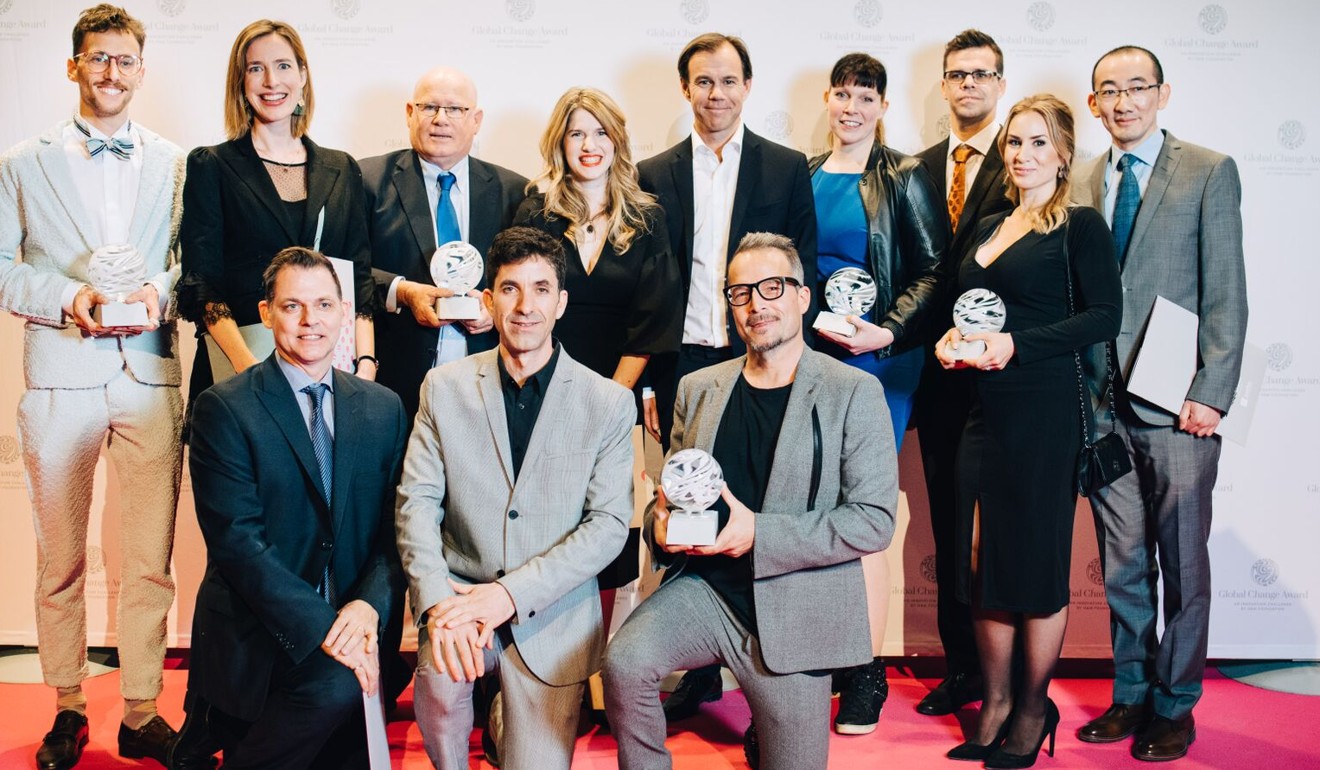
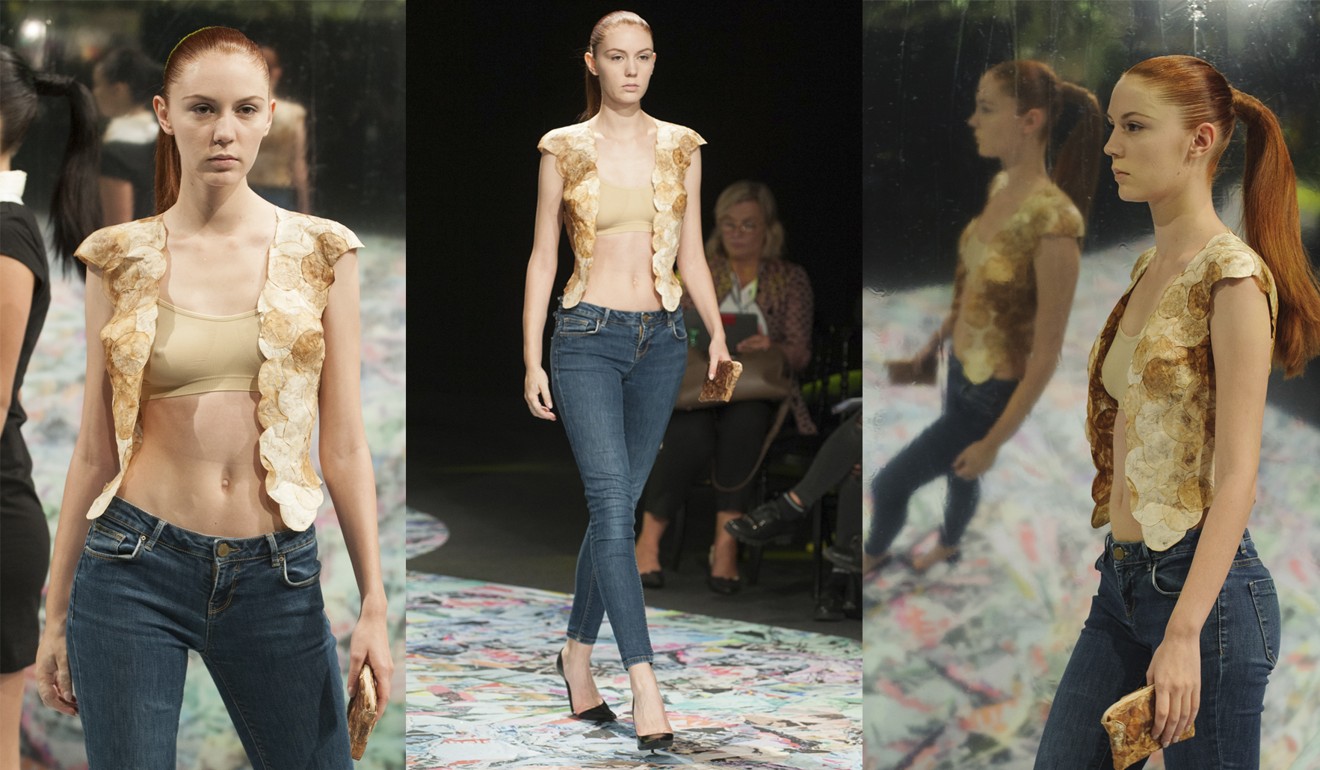
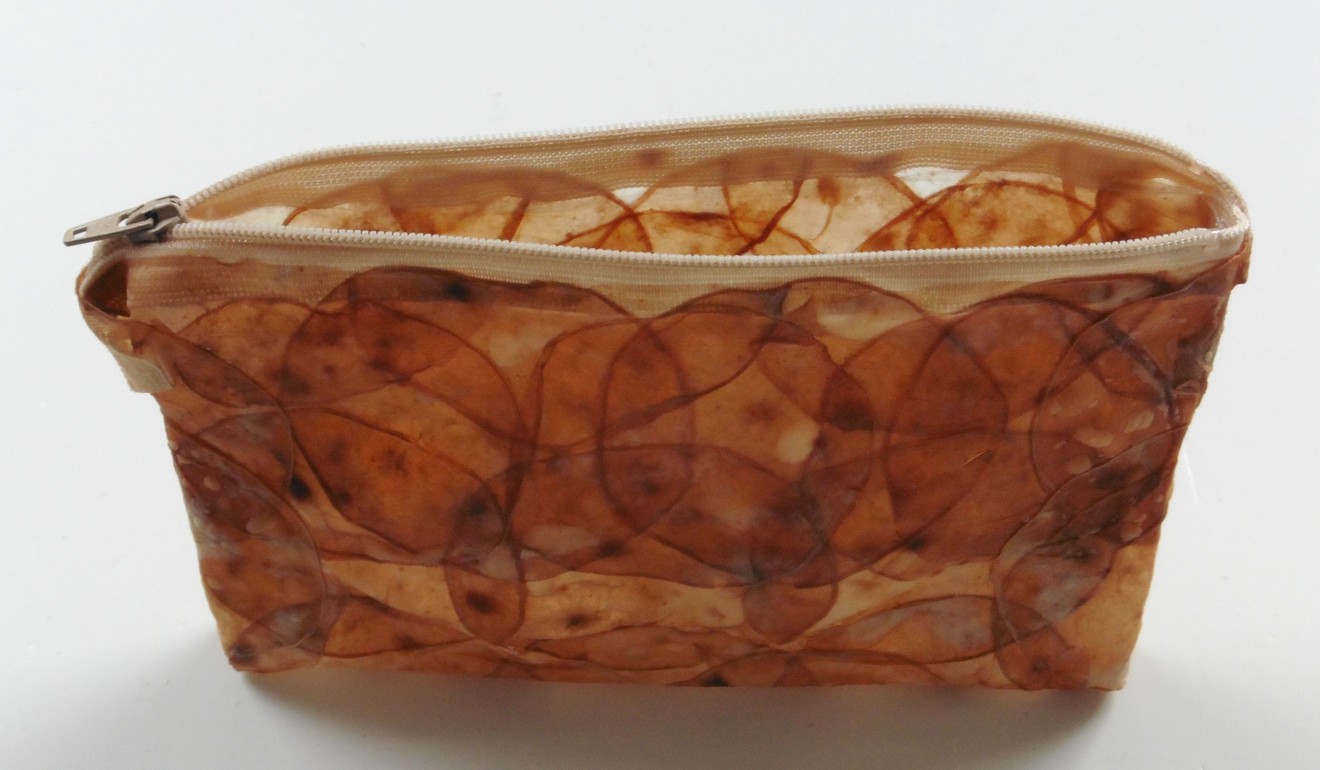
Bang was recently in Hong Kong to introduce the winners of the Global Change Award 2018, which identifies companies or individuals that are creating innovations or digital technologies that recover and reuse waste, while having the potential to make a large-scale impact on the environment. It was launched by the non-profit H&M Foundation in 2015; for the 2019 edition they have already attracted 6,640 entries from 182 countries.
Among this year’s winners was Netherlands-based Aniela Hoitink, whose Fungi Fashion uses 3D technology to transform the roots of mushrooms into a decomposable fibre. The fabric is made up of layers of textured super thin circles (the shape comes from the Petri dish where the roots are engineered).
Renana Krebs from Israel, meanwhile, has untapped a new resource in the form of sea algae, which is transformed into a bio-fabric that is dyed using environmentally-friendly processes. The result is a super soft, lightweight material available in a wide range of colours. As a bonus, it also contains antioxidants, vitamins and other nutrients which can be absorbed by the skin.


“What fashion is looking for is a premium product – I never sell it as sustainable. The product comes first and everything else is extra,” says Krebs. “For me, innovation is not in the design, but in the materials. That is something designers need to realise. The fabric then becomes a white canvas for them to do whatever they want while bringing change on a bigger scale.”
One of the more intriguing ideas was proposed by Agraloop, which takes leftover crop waste including from oilseed flax, hemp, sugar cane, bananas and pineapples and turns it into a bio-fibre through a low-cost, closed loop technology.
While there’s no denying that these new materials are leading the way, the winners say that convincing a designer or company to actually use them is the biggest challenge.
“I know designers who have wanted to work with recycled yarn for long time, but it’s been put on hold because of issues like compliance within the company itself. In order for us to succeed we need a designer to be willing to work with us to implement change,” says Hoitink.

While developing eco-friendly alternatives can help promote a waste-free industry, another issue the winners address is extending the life of already existing fibres. Recycling fabrics isn’t as simple as one thinks, which is why one team developed The Regenerator, a circular technology that separates cotton and polyester using an earth-friendly chemical. The result is new, fully usable fibres.
“People tend to ignore materials that have already been produced or that exist. It’s important that we are able to recycle all the fabric’s components in a high-value way. If we utilise textile waste then recycled materials become a natural part of our textiles,” says The Regenerator representative Lisa Schwarz Bour.
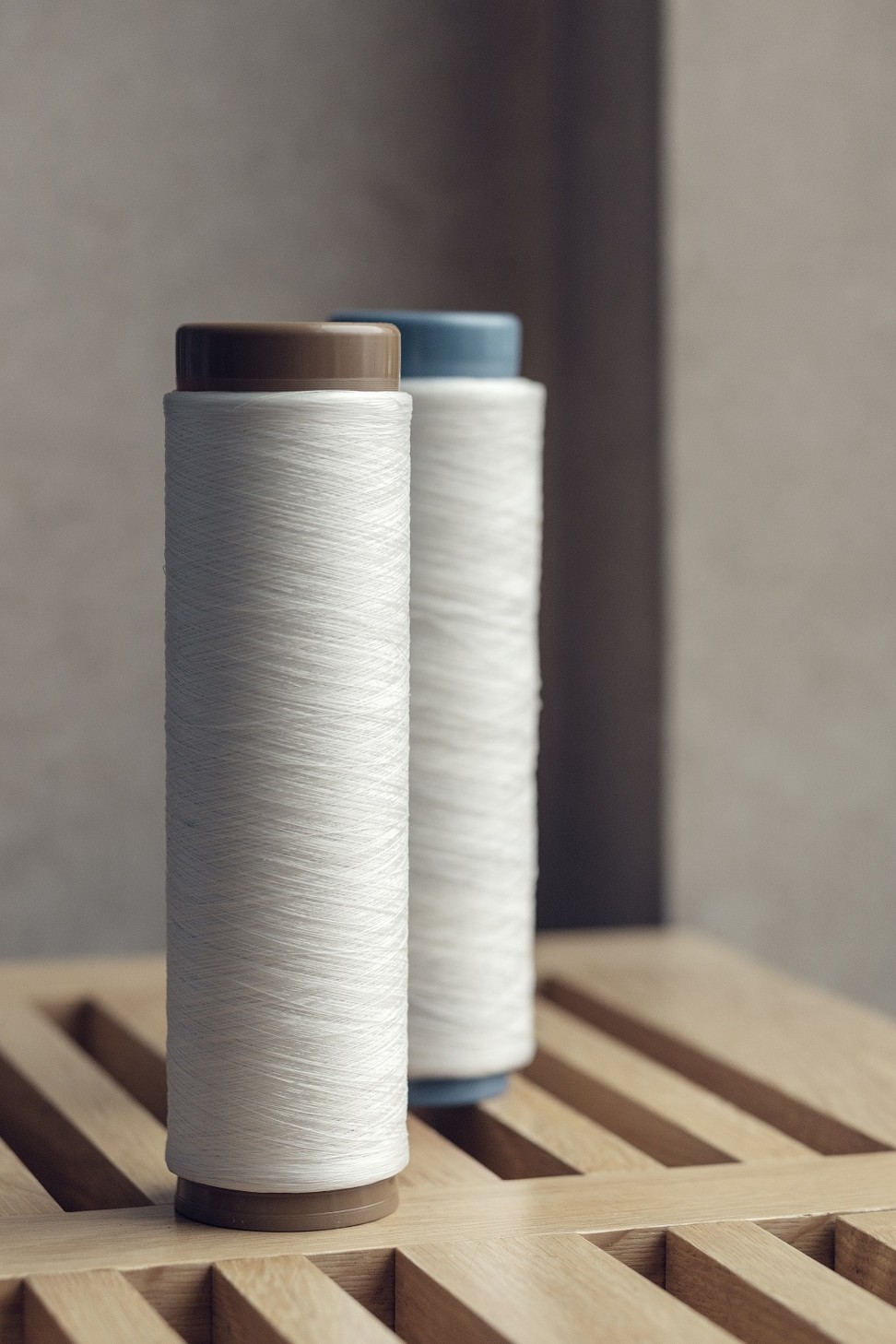
Cédric Vanhoeck from Belgium, meanwhile, created Smart Stitch, which helps eliminate issues associated with removing zips and buttons during the recycling process. Removing zips and buttons requires manual assistance, which is costly and time consuming. So Vanhoeck developed a thread that dissolves at a high temperature making recycling easy – as well as assembling and disassembling a garment.
“It’s a great opportunity to come to Hong Kong seeing as so much manufacturing happens in China. What we are doing has huge implications – if we can change their processes, we can change things on a big scale,” says Vanhoeck.
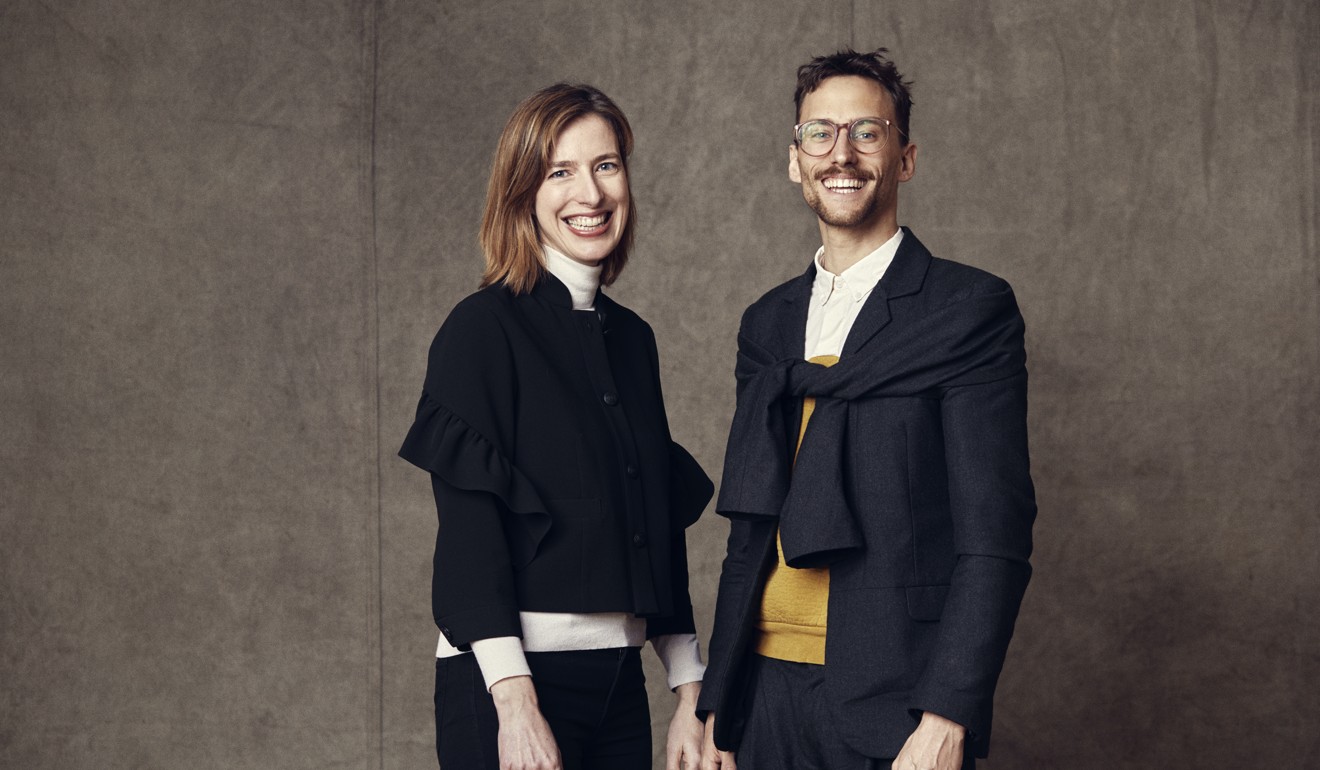
At the end of the day, however, Bang asserts that the only way to achieve success is to provide an innovation or product that is miles better than what is already available.
“Our long-term goal is to really transform the entire industry and all aspects of it to operate within planetary boundaries. To achieve this, we need solutions that are scalable and that make business sense. Sustainability is still perceived as a compromise so even if we are shifting this attitude, we need to provide solutions that are better.” he says. “It’s not just about picking a sustainable product but a product that is best.”

